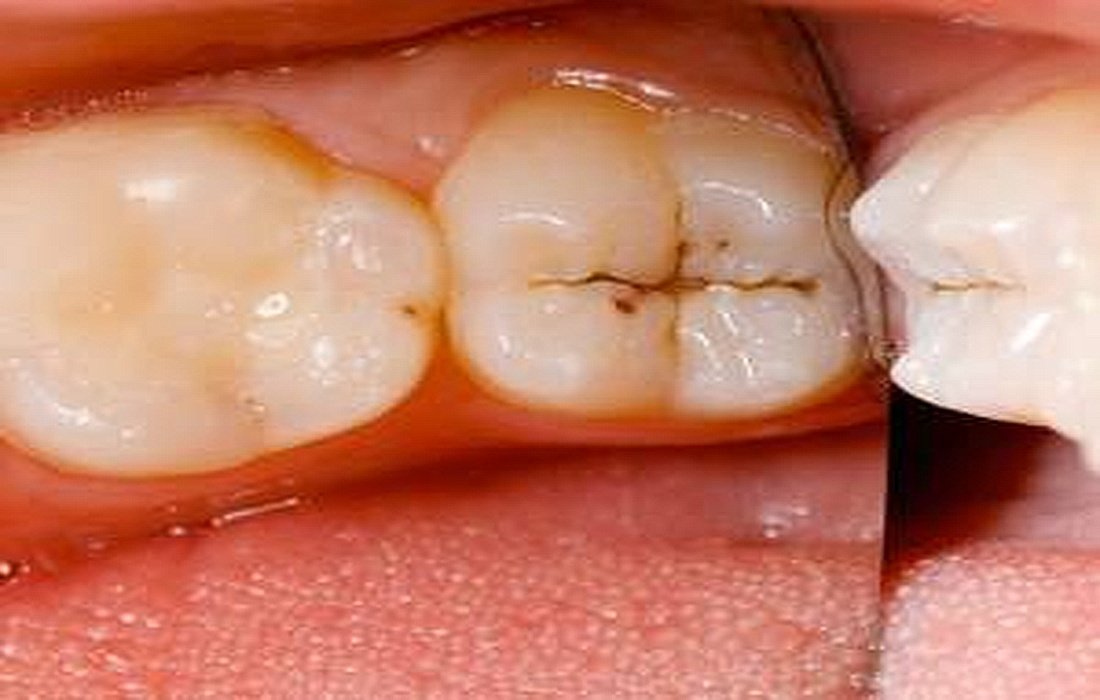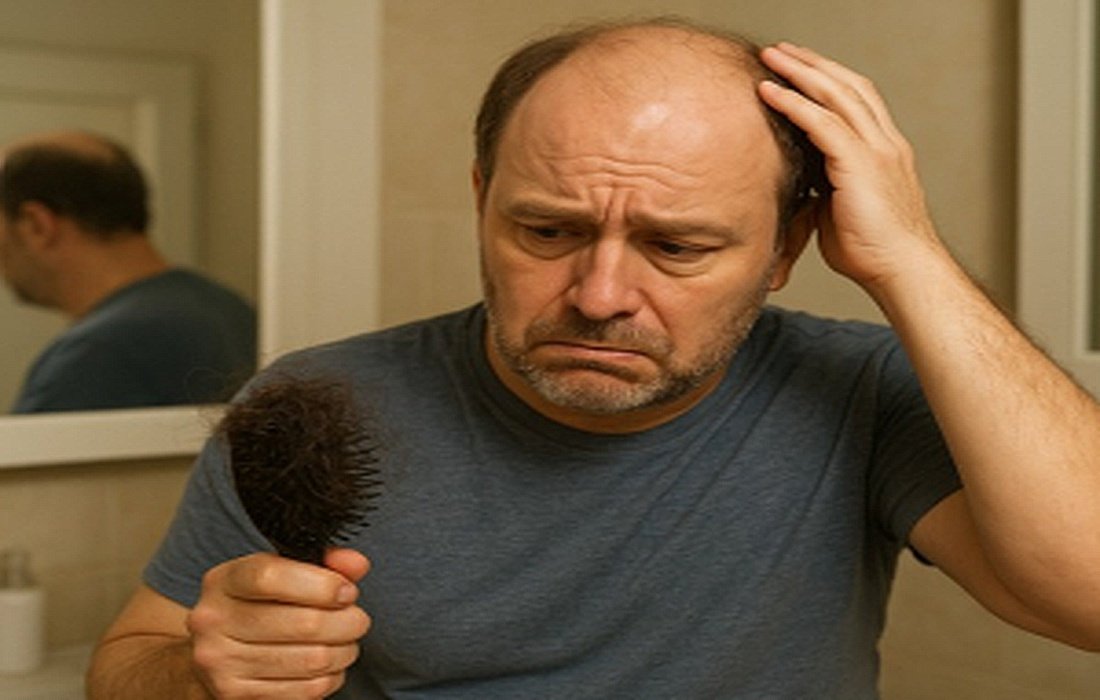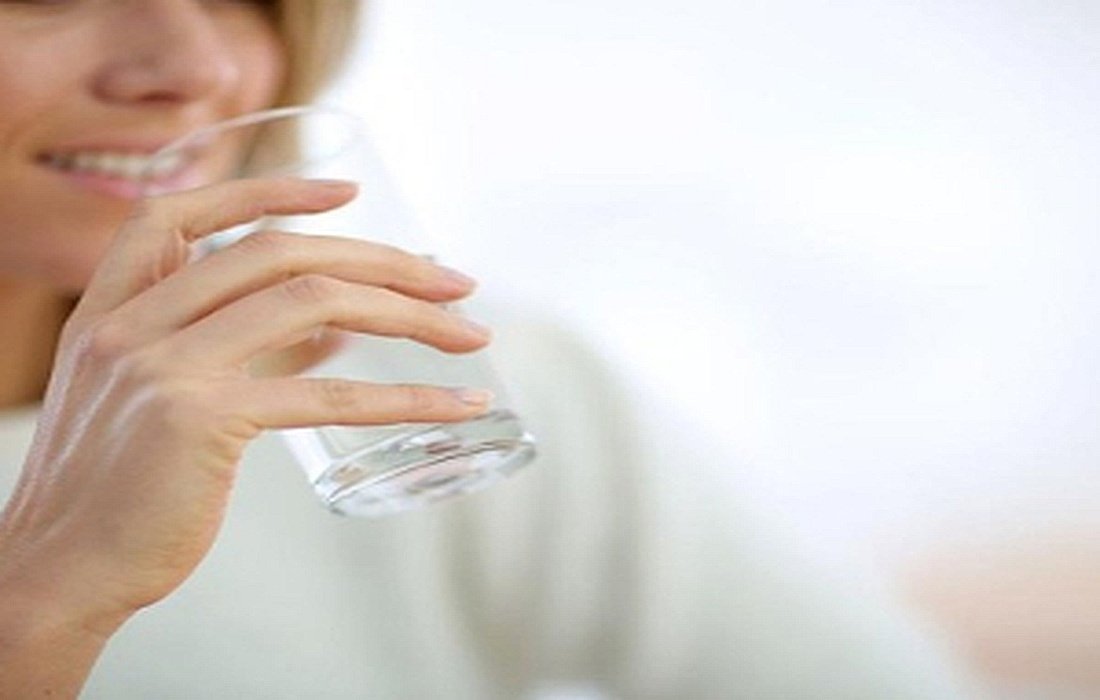The bacteria that causetooth decayis
Streptococcus mutans, one of the main bacteria responsible for cavities. To prevent their spread and damage to teeth, proper oral hygiene is the best solution. The bacteria causing tooth decay form a biofilm known as dental plaque on the teeth. Dental plaques appear as white spots on teeth, and as decay progresses, they will harm the teeth.
As previously mentioned in the oral health sectionSelMagzthis process involves several stages where bacteria cause tooth decay, and at each stage, one of the bacteria is active. However, Streptococcus mutans is generally present in the early part of this process while Lactobacillus and Bifidobacterium appear in advanced stages. Although all humans have microorganisms in their mouths, the bacteria that cause decay do not exist in the mouths of healthy individuals.
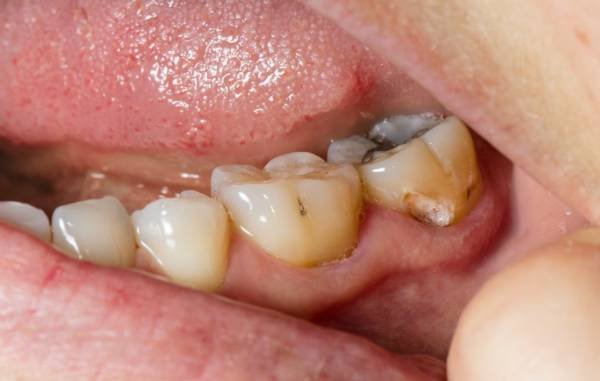
Tooth Decays
Decay results from the destruction of dental tissue due to acids produced by bacteria that form clusters of dental plaque. As mentioned earlier, plaques develop on teeth, leading to decay.
There are several types of tooth decay, including:
Crown:
This is one of the most common types of decay occurring on the surfaces responsible for chewing food, affecting both children and teenagers.
Internal or Interproximal:
This type of cavity usually occurs in inter-dental spaces, which are not easily visible.
Root:
This type of cavity typically affects younger individuals and those older, resulting from gum recession, putting the tooth root at risk of decay.
Secondary or Recurrent:
This type of decay occurs near areas where individuals have had fillings, close to the crown, where a dentist has previously treated decay.

The bacteria “Streptococcus mutans” causing decay
As mentioned, Streptococcus mutans is the bacteria responsible for decay, belonging to the lactic acid bacteria group, which thrive in low pH environments. These bacteria can be transferred from one person to another, adhering to their teeth and gums, forming plaque. When decay is very deep and severe, other bacteria like S. salivarius, S. paransanguinis, and S. constellatus may also be involved. Individuals can prevent their spread through proper oral hygiene.
In some cases of dental cavities, S. mutans is not present; instead, bacteria like S. sobrinus, oralys, and S. salivarius can be found. When decay occurs, the presence of several species of Lactobacillus is common.
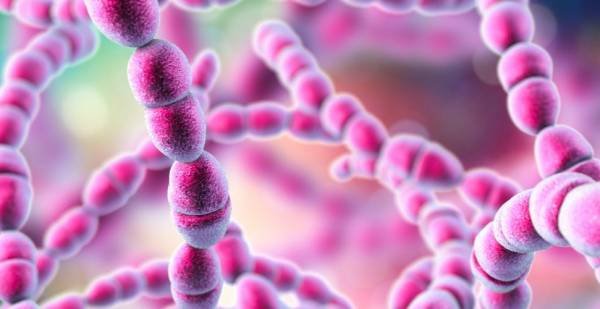
Other Bacteria Related to Tooth Decay
Other bacteria also contribute to decay, such as Actinomyces, which are notably present in many root cavities. Although their role in progressing this condition remains unclear, as mentioned in SelMagz’s health section, this bacterium is among the first to form in children’s mouths.
Bifidobacterium is also an anaerobic bacterium found in groups in parts of the intestine. Another bacteria, P. denticola, S. inopinata, and P. dentium, typically appear after decay has advanced.
Provetella is another anaerobic bacterium and one of the most common causes of oral decay; it may arise from infections within the mouth or other oral diseases, but its role in tooth decay is still not clearly defined. On the other hand, Veillonella is commonly found in healthy mouths. Practicing good dental hygiene can prevent these issues and eliminate pathogenic bacteria.
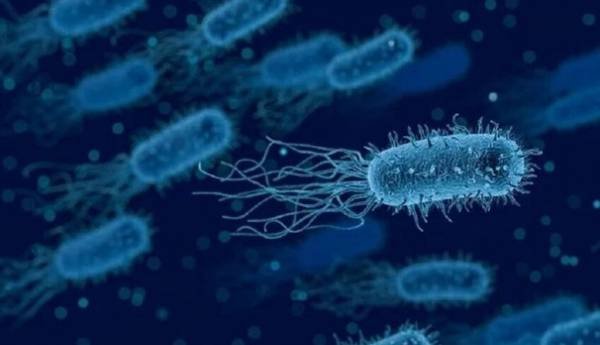
How to Combat the Bacteria Causing Tooth Decay?
Many factors contribute to the growth of bacteria. The first factor is the high consumption ofFoodshigh in carbohydrates, such as sweet drinks, candies, andcookiesas the more of these foods you consume, the higher the risk of developing tooth decay becomes.
Other foods that containstarchlikepotatoesor bread may also increase the risk of tooth decay.
Your eating habits also affect tooth decay. It is better to consume the mentioned foods only once a day and not throughout the day, even in very small amounts.
Proper oral hygiene is also a practical and effective solution. We recommend brushing your teeth an hour after every meal and usingdental flossand fluoride mouthwash, and visiting the dentist once a year.



